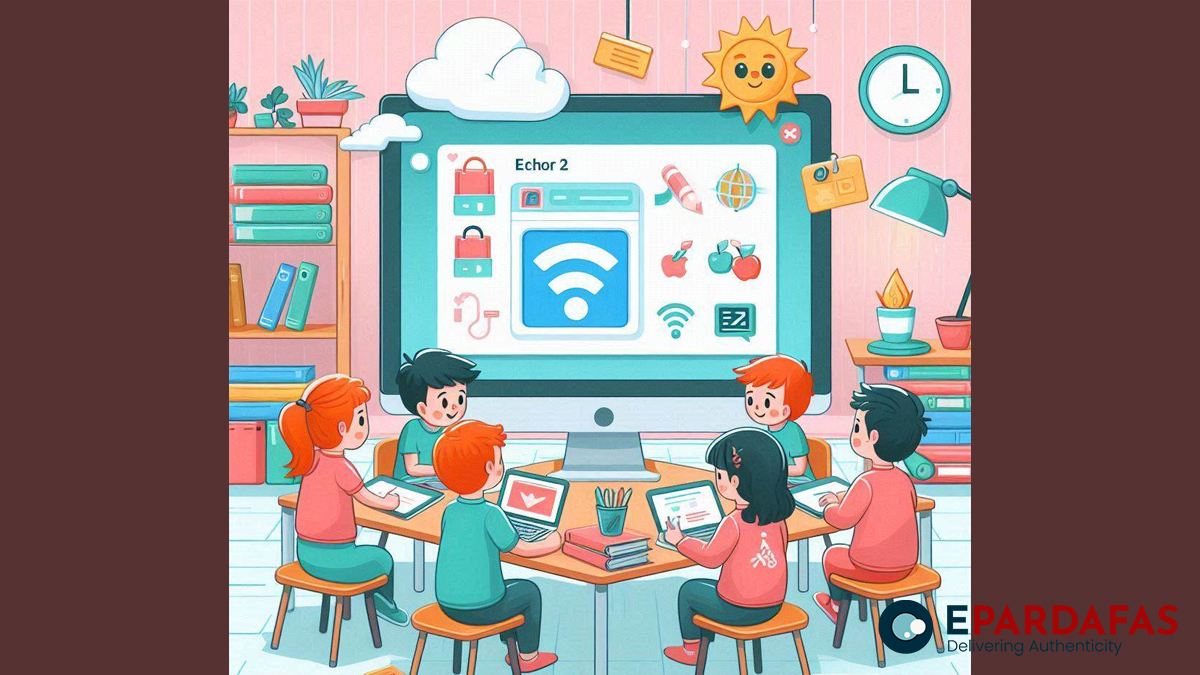
Why Digital Literacy Matters, & How It Can Be Cultivated In Classrooms

In a world dominated by digital technology, the ability to navigate the digital landscape effectively is no longer just a convenience but a necessity. Digital literacy has become an essential skill for students, preparing them for the demands of the modern world. In this article, we explore the significance of digital literacy and strategies for cultivating it in classrooms.
Understanding Digital Literacy
Digital literacy encompasses more than just knowing how to operate digital devices and software. It involves critical thinking, information evaluation, and online safety practices. Digital literacy equips students with the skills to assess online content critically, understand the implications of their digital footprint, and navigate digital spaces safely.
The Importance of Digital Literacy
Preparing Students For The Future: As technology continues to shape various industries, digital skills have become increasingly valuable in the job market. Students who possess digital literacy are better equipped to adapt to evolving technological advancements and succeed in future careers.
Access To Information: The internet offers a wealth of information, but not all of it is reliable. Digital literacy empowers students to discern credible sources from misinformation, enabling them to make informed decisions and expand their knowledge effectively.
Increasing Online Safety: With the prevalence of cybersecurity threats, teaching students about online safety is paramount. Digital literacy educates students about potential online risks and equips them with strategies to protect their personal information and privacy.
Improving Communication Skills: Digital communication has become integral in various aspects of life. Digital literacy enables students to communicate effectively through diverse digital platforms, such as email, social media, and blogs, enhancing their interpersonal skills in the digital realm.
Global Connectivity: Digital literacy facilitates global connectivity, allowing students to collaborate and learn across geographical boundaries. Through digital platforms, students can engage with diverse perspectives and cultures, fostering cross-cultural understanding and collaboration.
Cultivating Digital Literacy in Classrooms
Incorporate Tech in Teaching: Integrating technology into lesson plans exposes students to digital tools and platforms, enhancing their digital literacy skills. Teachers can utilize video-based lessons, digital assignments, and interactive software to engage students and familiarize them with modern technology.
Digital Writing: Teaching students the nuances of digital writing, such as hyperlinking and multimedia integration, prepares them for digital communication in the online sphere. Emphasizing digital writing skills alongside traditional writing cultivates versatile communicators.
Teach Information Literacy: In the era of misinformation, information literacy is crucial. Educating students on assessing information credibility equips them with the ability to differentiate between reliable sources and misinformation, empowering them as discerning consumers of digital content.
Focus On Digital Responsibility: Promoting digital responsibility and online etiquette instills values of respectful and considerate online behavior in students. Discussions on digital footprints and professional online conduct prepare students for ethical digital citizenship.
Discuss Online Safety and Privacy: Addressing online safety concerns equips students with strategies to safeguard their personal information and privacy online. Teaching students to recognize common online threats and practice responsible digital behavior enhances their digital security awareness.
In Conclusion
Digital literacy is a fundamental skill for students navigating the complexities of the digital age. By integrating digital literacy education into classrooms and fostering critical thinking and responsible digital practices, educators empower students to thrive in an increasingly digital world. Cultivating digital literacy equips students with the skills they need to succeed academically, professionally, and personally in the digital era.














Comments